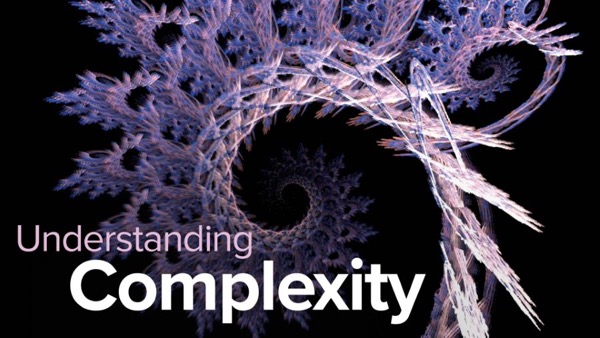در حال حاضر محصولی در سبد خرید شما وجود ندارد.

Recent years have seen the introduction of concepts from the new and exciting field of complexity science that have captivated the attention of economists, sociologists, engineers, businesspeople, and many others.
These include
Interest in these intriguing concepts is widespread because of the utility of this field. Complexity science can shed light on why businesses or economies succeed and fail, how epidemics spread and can be stopped, and what causes ecological systems to rebalance themselves after a disaster.
In fact, complexity science is a discipline that may well hold the key to unlocking the secrets of some of the most important forces on Earth. But it's also a science that remains largely unknown, even among well-educated people.
Now you can discover and grasp the fundamentals and applications of this amazing field with Understanding Complexity. Professor Scott E. Page-one of the field's most highly regarded teachers, researchers, and real-world practitioners-introduces you to this vibrant and still evolving discipline. In 12 lucid lectures, you learn how complexity science helps us understand the nature and behavior of systems formed of financial markets, corporations, native cultures, governments, and more.
What Makes a System Complex?
What defines a system as complex, as opposed to being merely
در این روش نیاز به افزودن محصول به سبد خرید و تکمیل اطلاعات نیست و شما پس از وارد کردن ایمیل خود و طی کردن مراحل پرداخت لینک های دریافت محصولات را در ایمیل خود دریافت خواهید کرد.
✨ تا ۷۰% تخفیف با شارژ کیف پول 🎁
مشاهده پلن ها